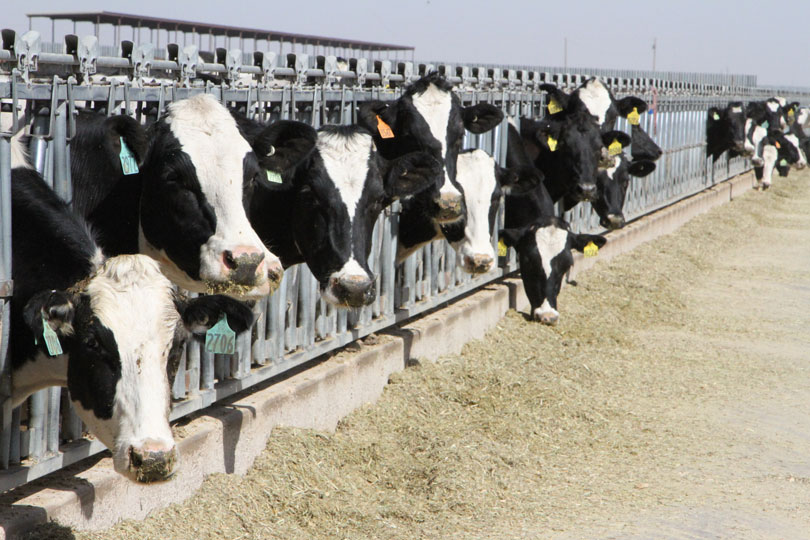By Jennifer Dorsett
Field Editor
Milk prices have recovered from the sharp decreases seen at the early stages of the COVID-19 pandemic, leaving dairy farmers feeling more optimistic about the remainder of 2020.
At the beginning of the year, the Class III price for fluid milk was $17.05. By May, it was down to $12.14. Economists say June averages are expected to be around $20.
Class IV prices also have been volatile, dropping from $16.65 in January to $10.67 in May. They did make a recovery back to $13.35 in June.
Volatility in the dairy market is just one of many ripple effects of the pandemic on the U.S. economy, University of Wisconsin Cooperative Extension Dairy Economist Bob Cropp said.
“The sharp drop in prices in May were the result of the COVID-19 virus shutting down schools, universities, restaurants and food service, which caused a big drop in the sales of milk, cheese and butter,” Cropp said. “Milk production was also at a relatively high level, with March production 2.8 percent higher than the year before, resulting in more milk than milk plants could handle with the loss of sales. Dairy farmers were asked to lower milk production, and some were asked to dump milk.”
But the market has stabilized some as farmers curbed milk production, retail sales increased and businesses began to reopen.
“Sales of milk, cheese and butter have started to improve. Restaurants are reopening, and food service sales are increasing,” he said. “Restaurants and food service needed to place rather big orders of cheese and butter to restock their supplies. With people staying at home, retail sales of milk, cheese and butter increased.”
The U.S. Department of Agriculture’s (USDA) monthly milk production report shows May 2020 milk production dropped 1 percent from the same time last year, a move Cropp said helped slow falling prices.
The Farmers to Family Food Box Program—part of USDA’s Coronavirus Food Assistance Program—launched in mid-May, helped fuel government purchases of more than $300 million of cheese, milk and butter.
“All these activities tightened the supply-demand situation, and milk prices responded. This shows we can have big changes in milk prices from relatively small changes in supply and demand,” he said.
USDA calculates milk class pricing through formulas tied to values for four storable dairy commodity products: cheddar cheese, dry whey, nonfat dry milk and butter.
Cropp said Class III milk, which uses cheese, whey and butter products in the price formula, is driven by the cheese price. He noted on the
Chicago Mercantile Exchange, 40-pound block cheddar was as high as $2.02 per pound in January, dropped to $1 per pound in April and set a new record of $2.81 in late June, breaking the previous high of $2.45 recorded in 2014.
In another positive sign, Class IV milk that is used in making butter and dry milk products is steadily gaining ground to pre-pandemic prices.
Butter fell from $1.90 per pound in January to $1.10 in April before climbing back to $1.81 the last week of June.
But dairy prices are a market response to many factors that require a delicate balancing act between supply and demand, Cropp said.
“A big part of the answer is milk production,” he said. “Hopefully, dairy farmers do not respond to higher milk prices by increasing production again. We are entering the seasonal low in milk production, during July through September. So, milk production will be declining and hopefully stay below year-ago levels over the next few months.”
Uncertainty about the future is rampant, so Cropp said farmers should try to lock in Class III futures now, while prices remain high.
“This fall, cheese and butter plants will build stocks to meet the seasonal increase in demand for the holidays,” Cropp said. “But nobody knows if there will be a second surge of COVID-19 this fall. So, there is a lot of uncertainty as to milk prices for the remainder of the year. Dairy futures currently are rather optimistic.”

